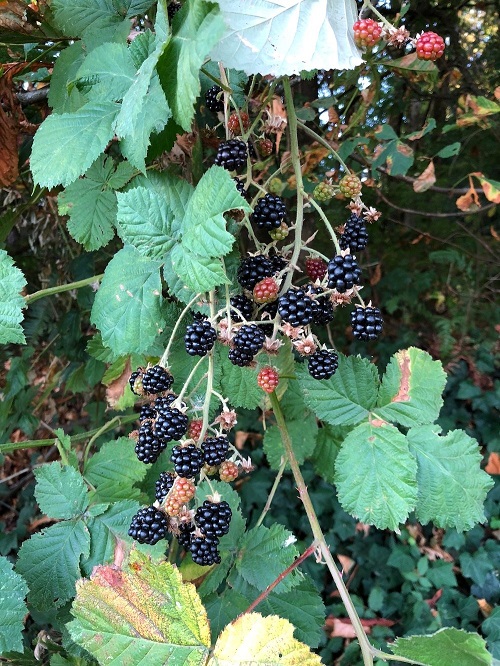Do you know what is the Alabama State Fruit? Know everything in detail in this article and How to Grow It!
Not many know about the Alabama State Fruit, and for all of them, we have an informative article with all the details!
Learn about Growing Goji Berries here
Alabama State Fruit

- In 2004, Alabama designated the Blackberry as the official Alabama State Fruit after a campaign at Fairhope Elementary School’s third graders.
- In 2006, Alabama also declared that the Peach is the state tree fruit.
- Blackberry is a hardy plant that loves to thrive in bright sunlight and rich soil. However, it can survive well in sandy soil and part shade too.
- Although the Blackberry flowers can self-pollinate, the pollination done by bees produces better and more fruits.
- Blackberries taste delicious raw and fresh when eaten as it is and also make yummy jams, pies, jellies, and other desserts.
Botanical Name: Rubus, R. occidentalis
Year Adopted: 2004
USDA Zones: 4-9
Learn some Genius Strawberry Growing Hacks here
How to Grow Alabama State Fruit

Location
Any site that receives full, direct sunlight for 4-6 hours is the best for the growth of Alabama State Fruit. The more light these berries will get, the juicer and bigger they’ll be.
Best Soil
The perfect soil for growing Alabama State Fruit is slightly acidic and loamy, with excellent drainage. If using regular garden soil, amend it with plenty of organic matter.
Ensure to eliminate all weeds that may suck up all the water or nutrients. Mulching the plant will keep weeds under control and retain moisture.
Watering
Alabama State Fruit needs moderate water, almost 1-1.5 inches weekly. Water the plant only when the topsoil feels slightly dry to the touch. Avoid watering the plant daily.
Fertilizer
Use a balanced liquid fertilizer, diluted to 1/2 of its strength, once in 4-6 weeks. Do not feed the plant in winter; avoid over-fertlizing as it will result in more foliage and fewer berries.
Pests and Diseases
The plant is susceptible to raspberry crown borers and stink bugs. Use insecticidal soap to get rid of them.
Blackberry calico virus and Raspberry bushy dwarf virus can cause bright yellow splashes on the leaves. Remove all the affected parts of the plant from time to time.
Avoid overwatering and wetting the foliage to keep potential diseases at bay.


